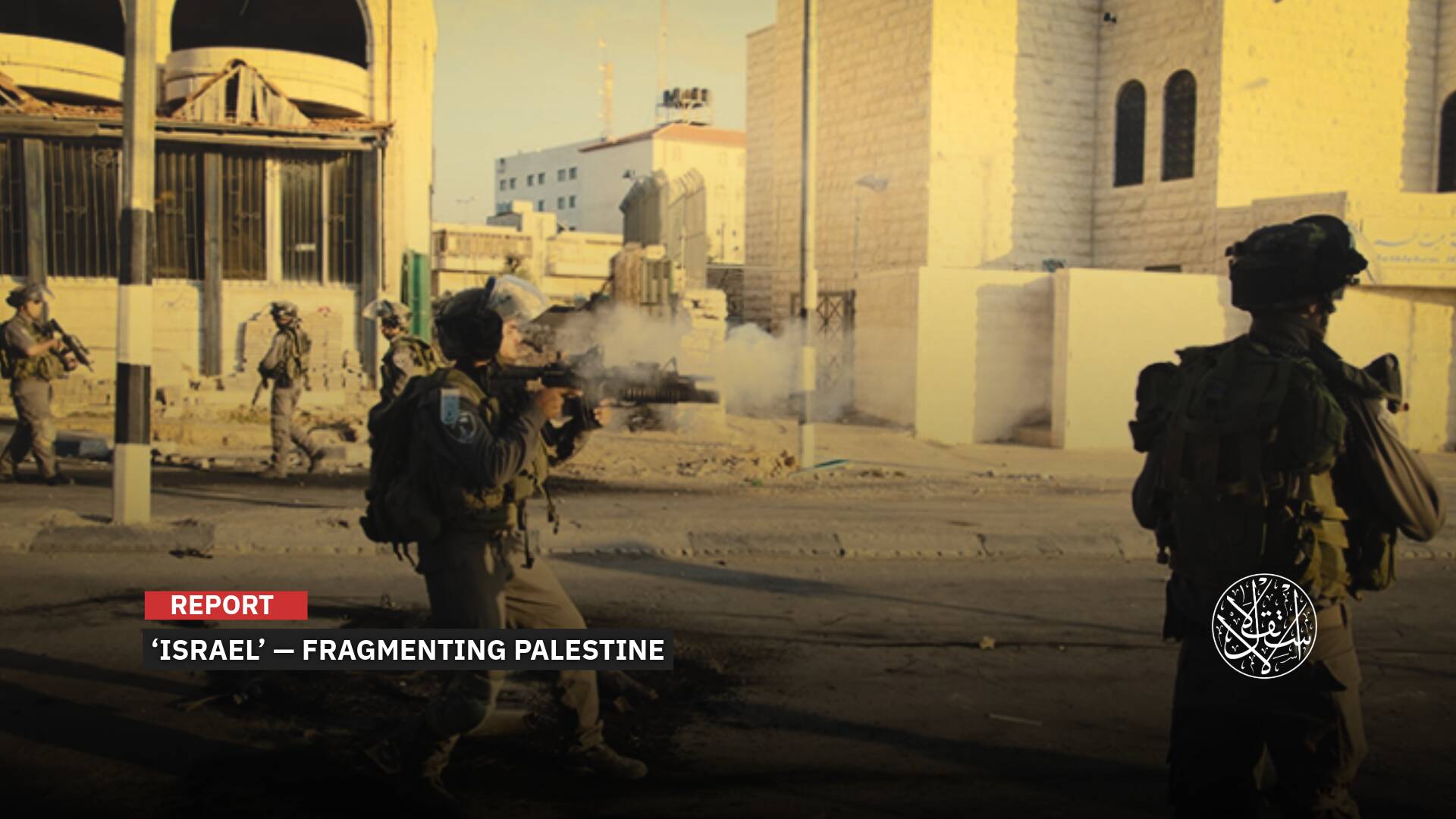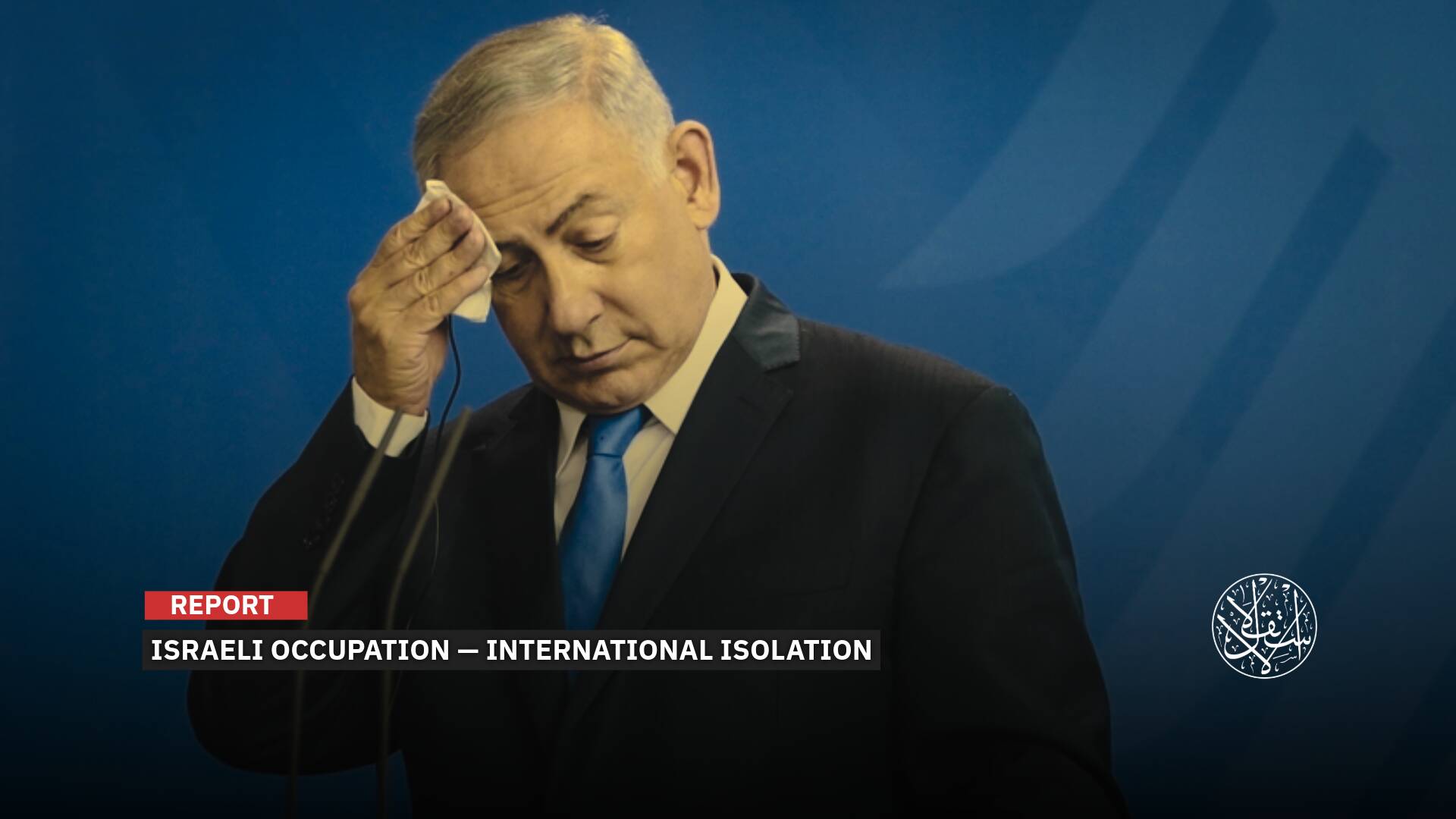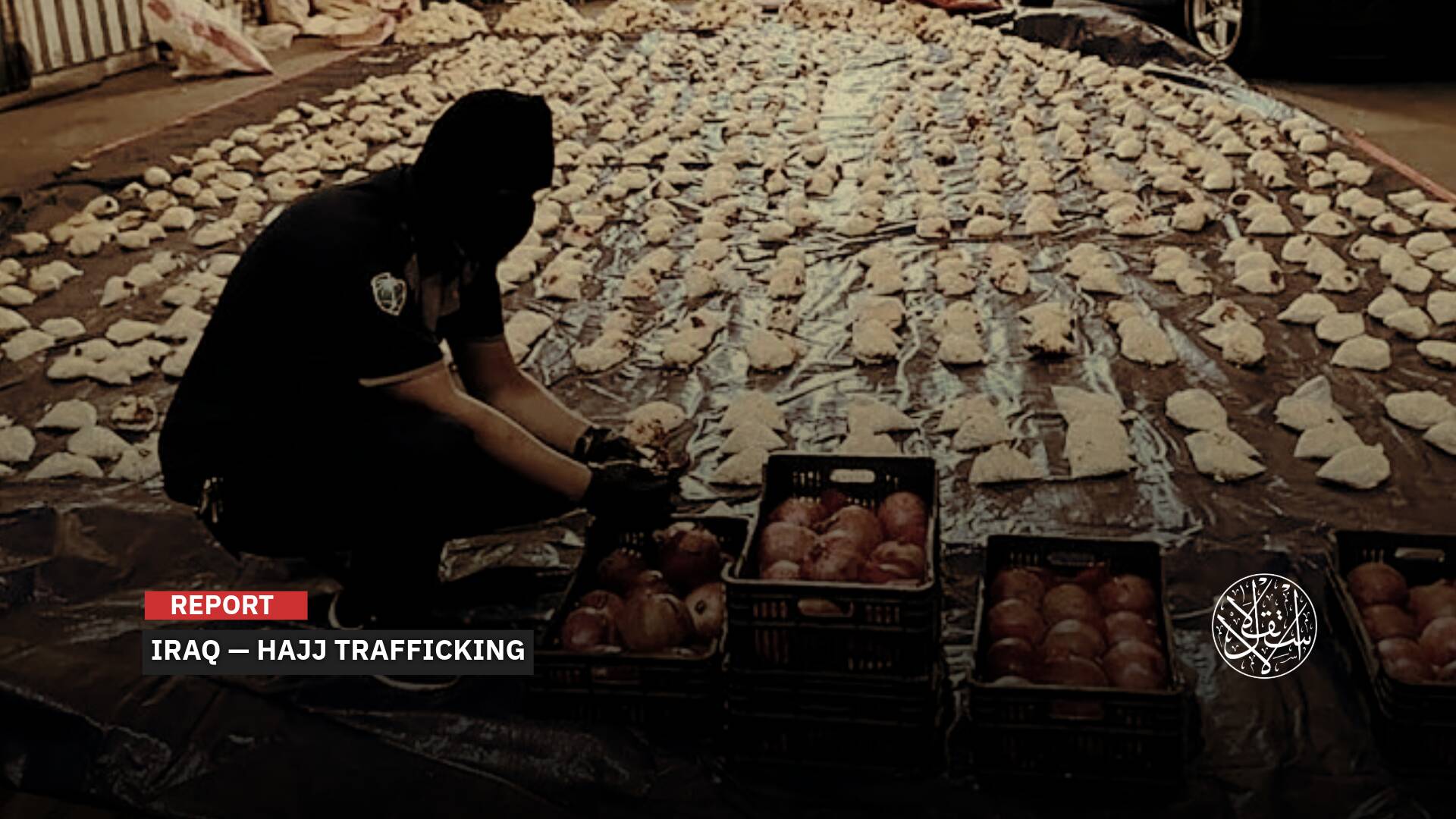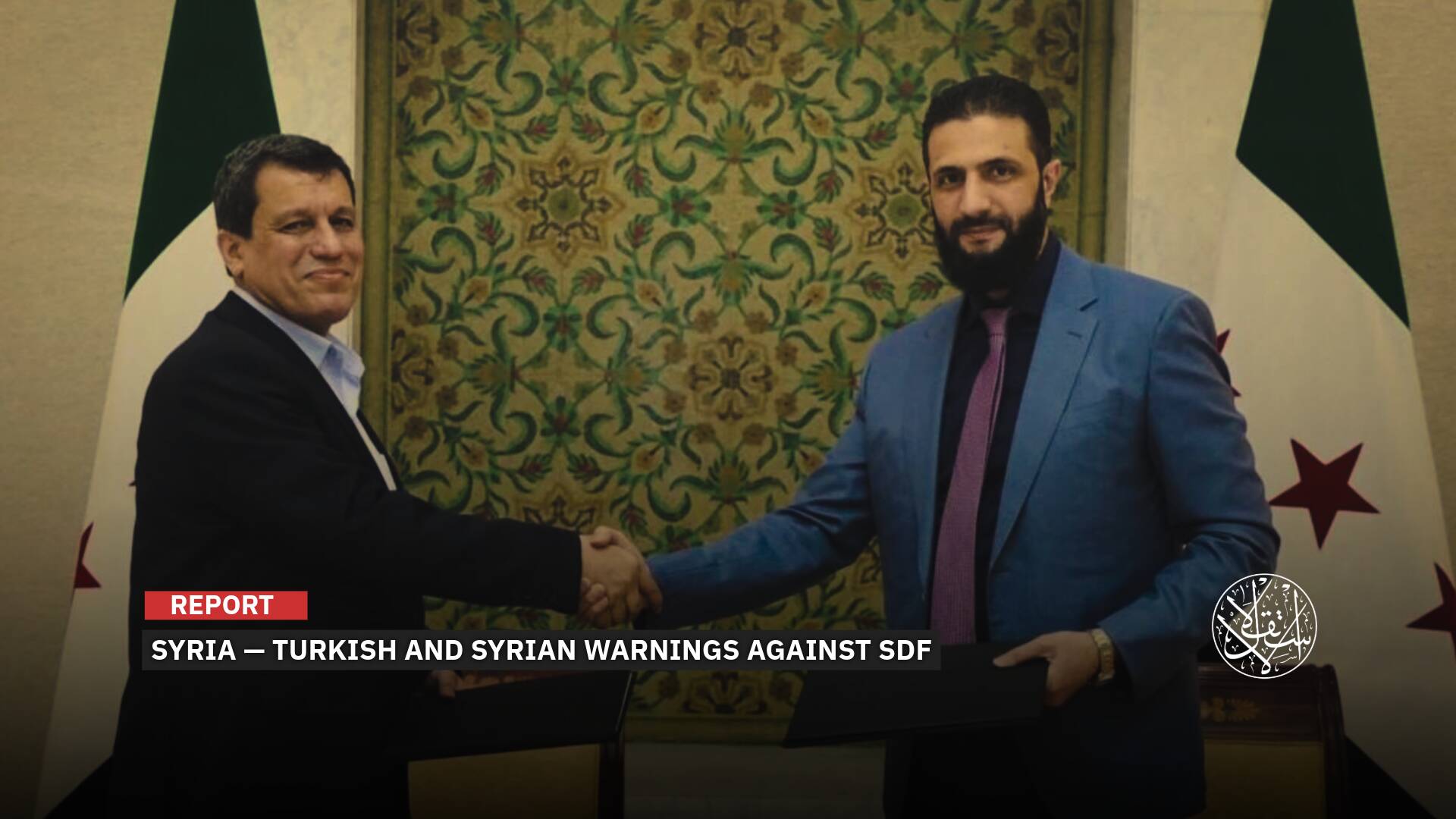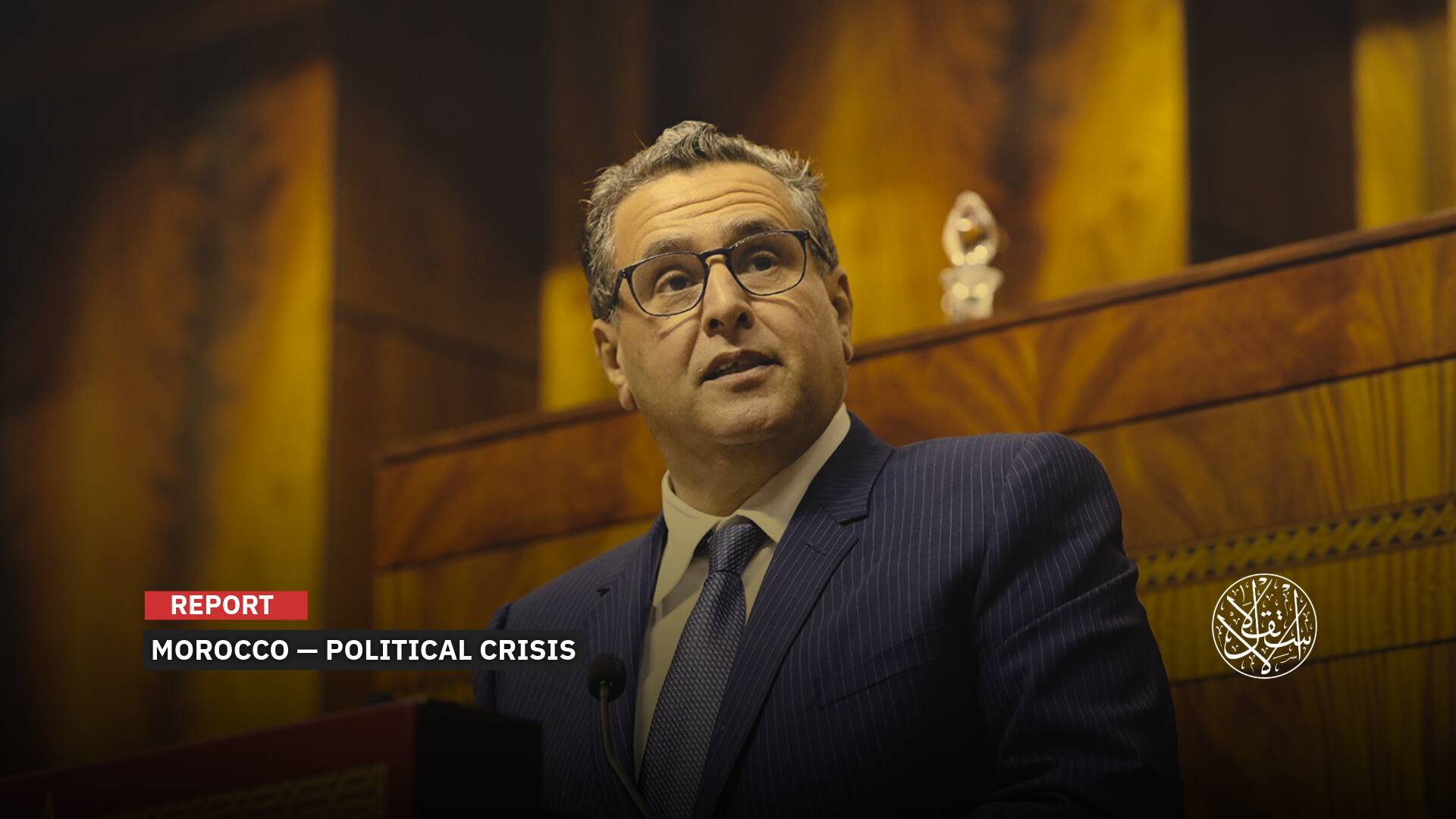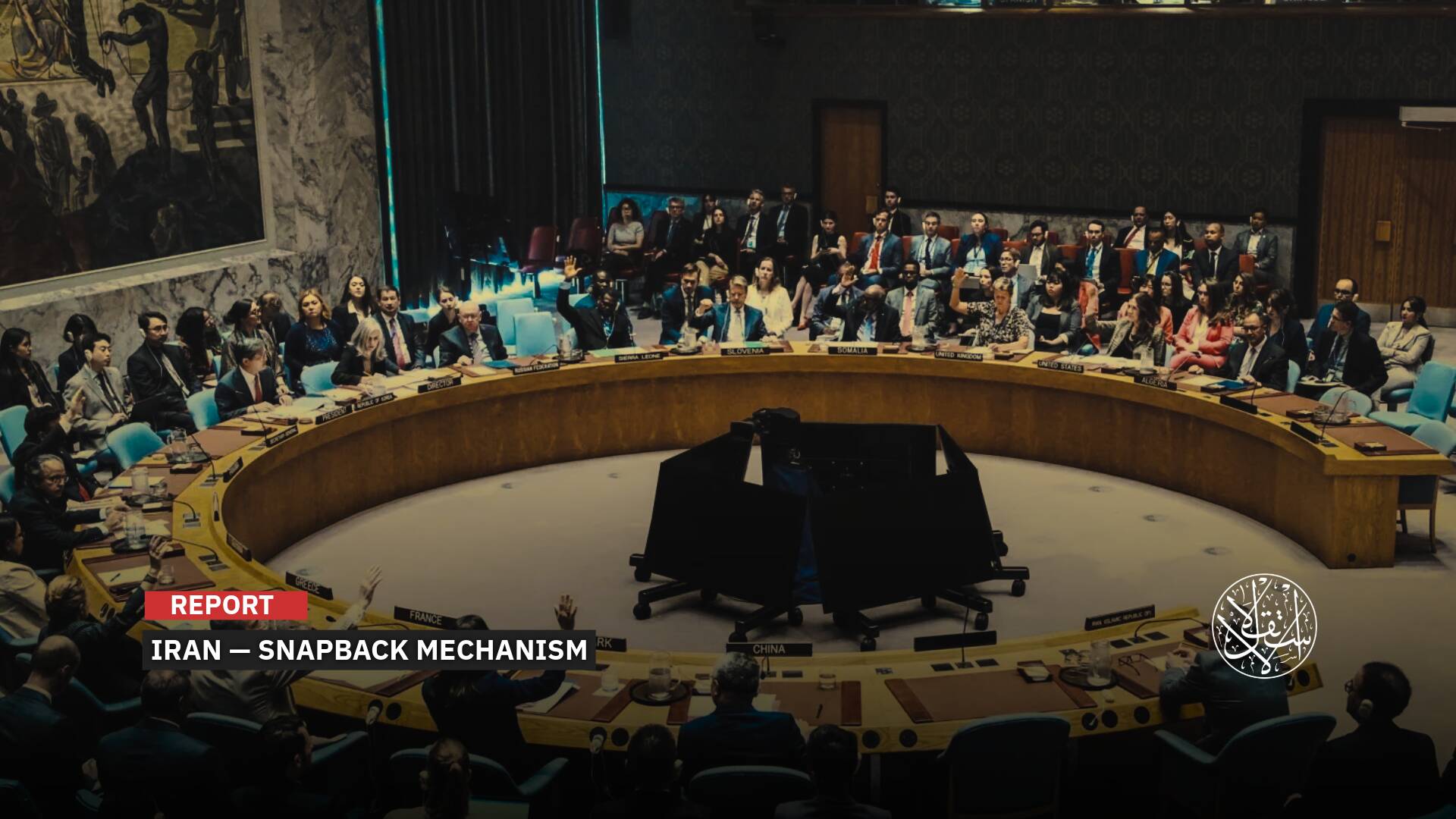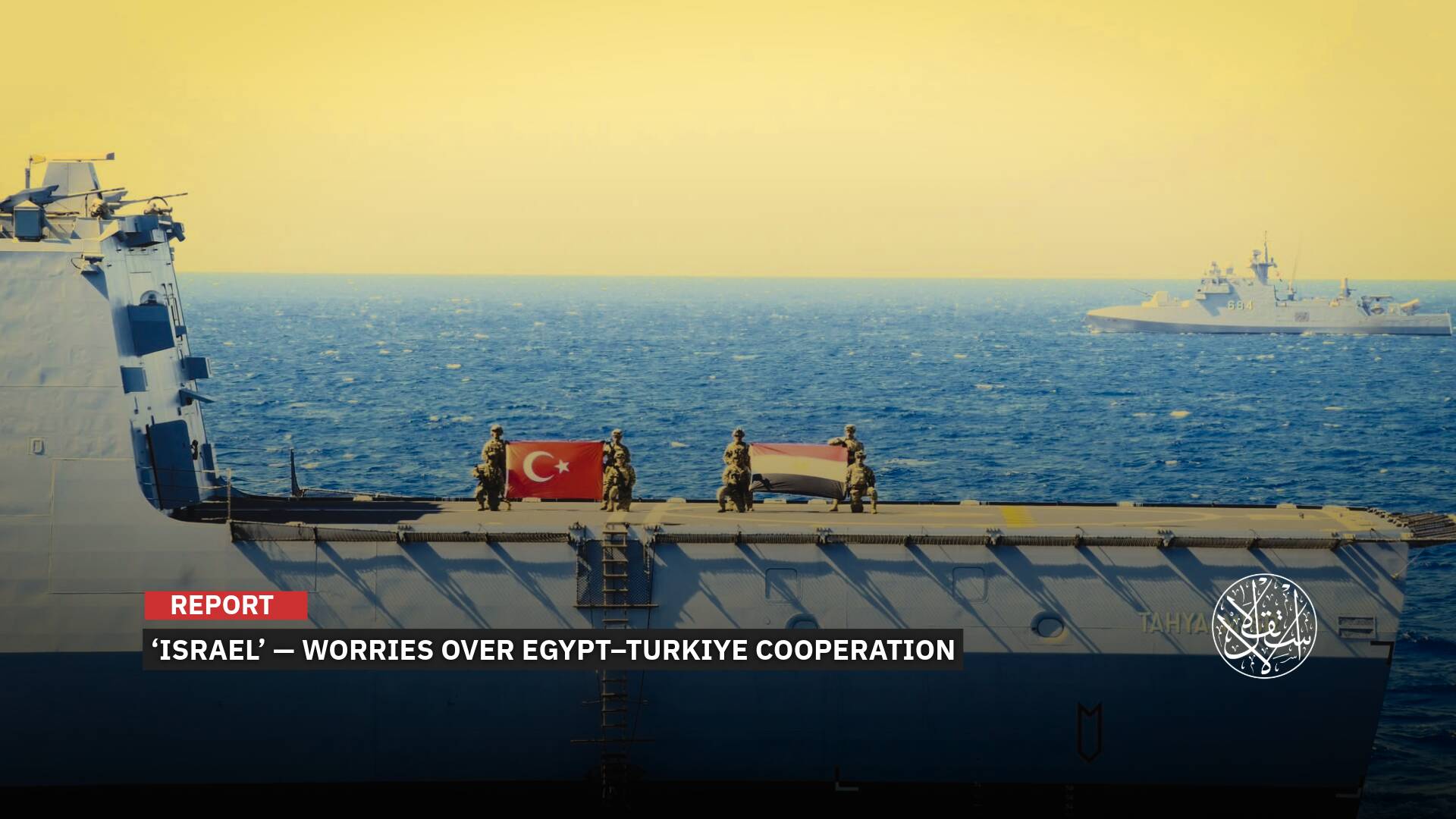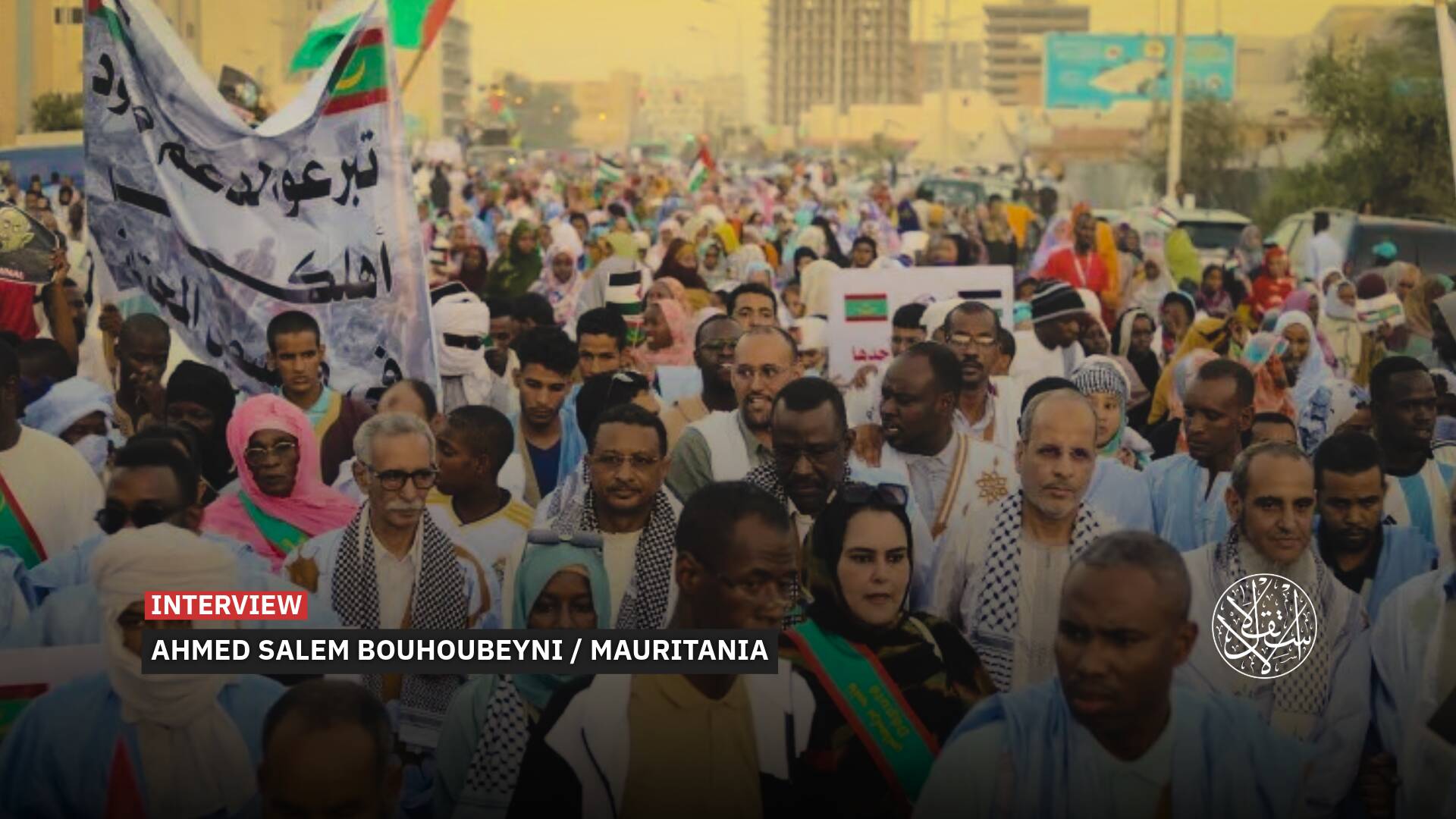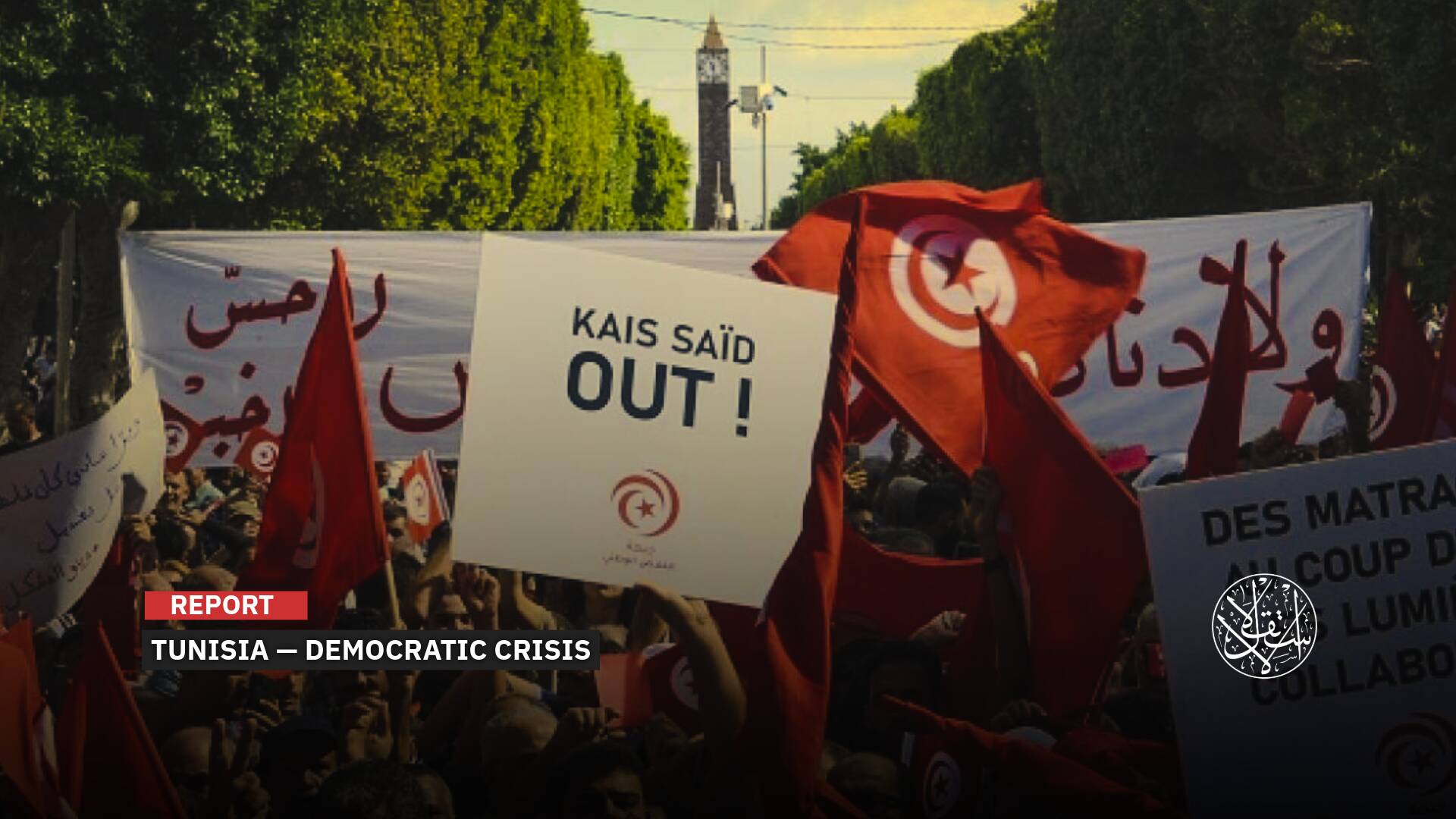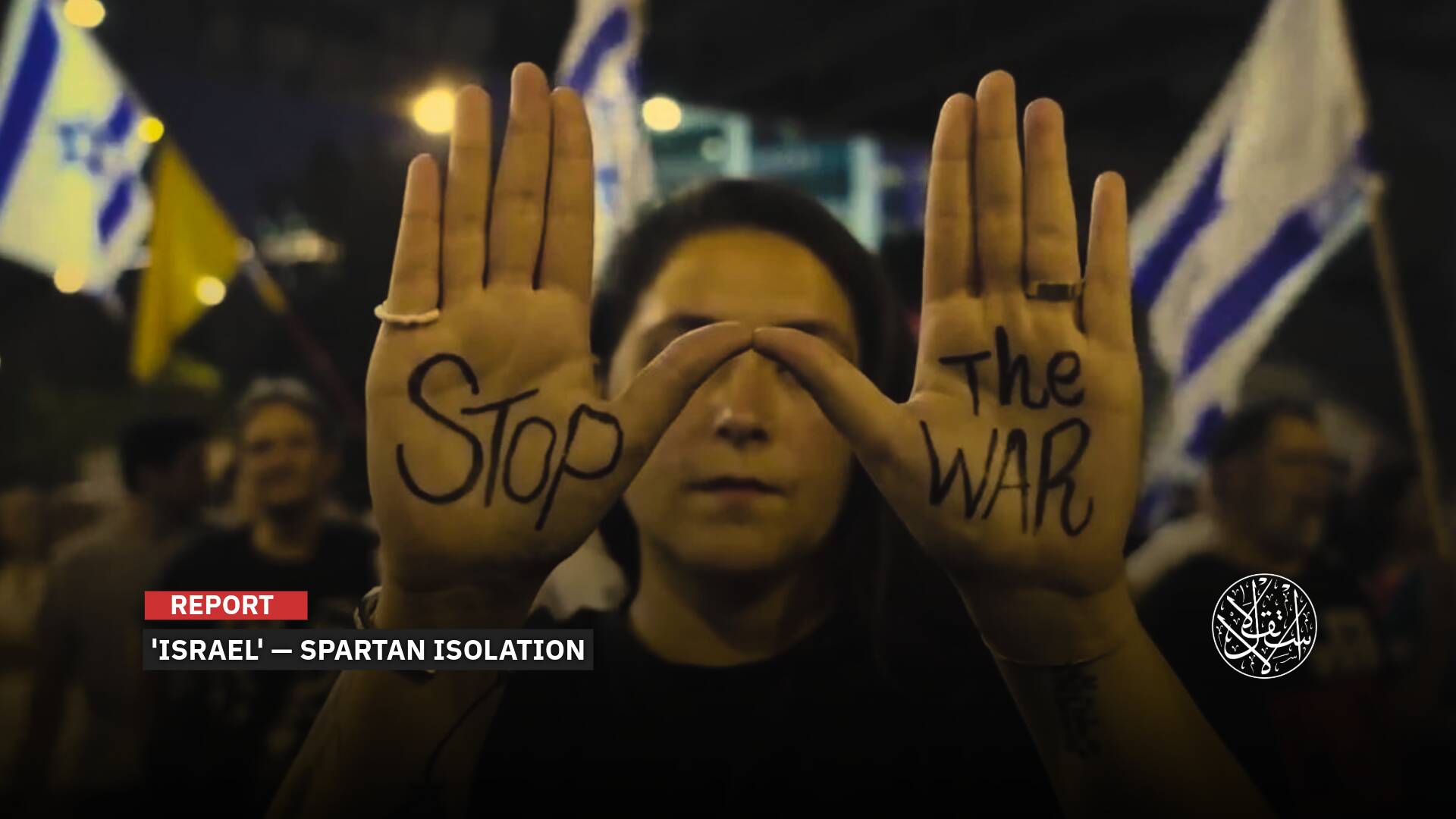How Hezbollah Showed Its Power to Mobilize Against the Government
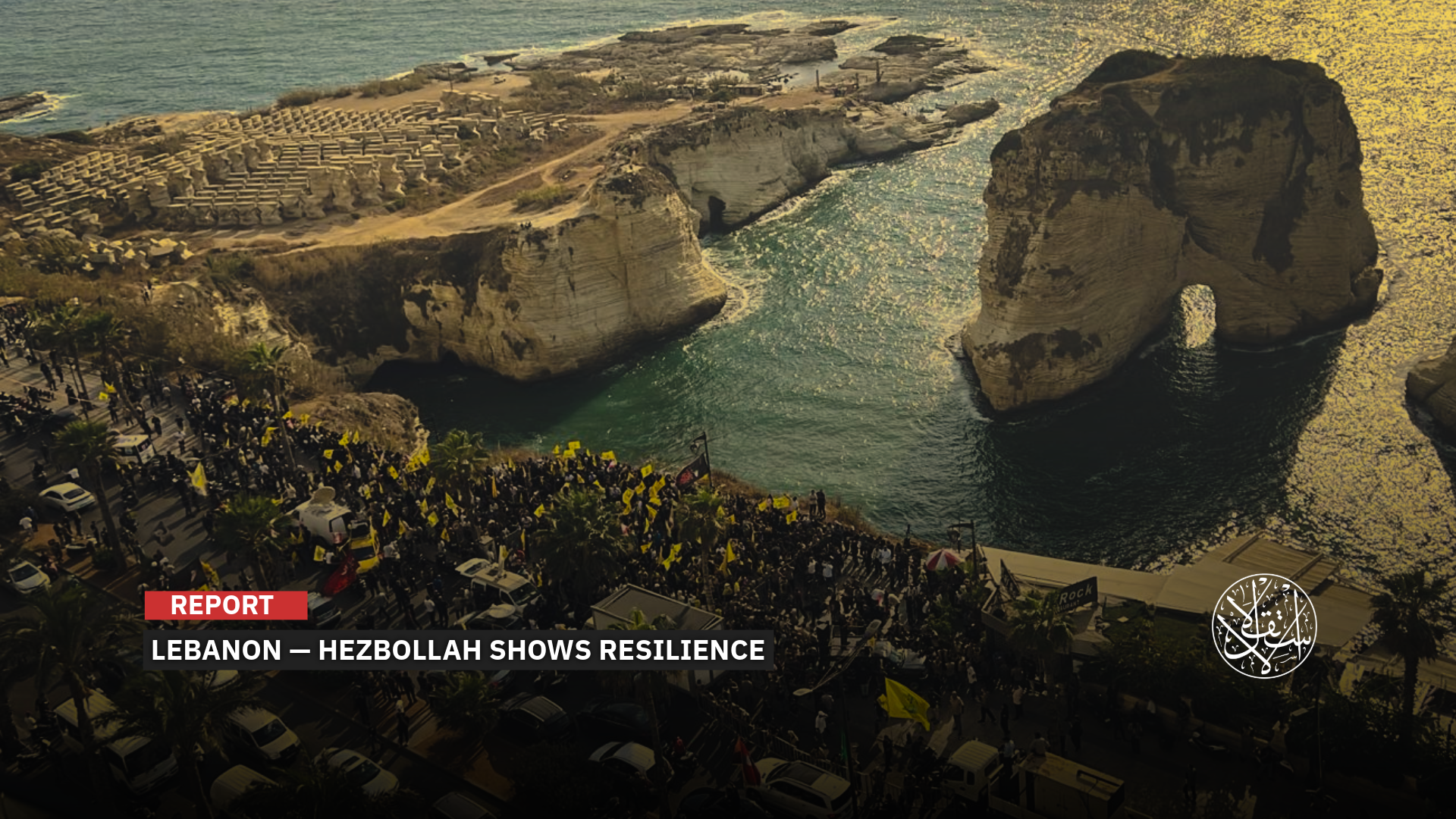
Hezbollah considers itself bound by no pledge or agreement except insofar as it serves its own goals.
A year after suffering its most severe blow in decades, Lebanon’s Hezbollah showed that its grassroots base remains intact and capable not only of defying government decisions but also of turning political pressure into an opportunity to showcase its street power.
On September 25, 2025, thousands of the group’s supporters gathered at Beirut’s iconic Raouche Rock to mark the first anniversary of the killing of former leader Hassan Nasrallah and other senior figures in Israeli Occupation airstrikes, a commemoration that angered the government.
The spectacle included projecting Nasrallah’s image alongside his late successor, Hashem Safieddine, onto the landmark Raouche sea rock, while excerpts of Nasrallah’s past speeches echoed over the waterfront.
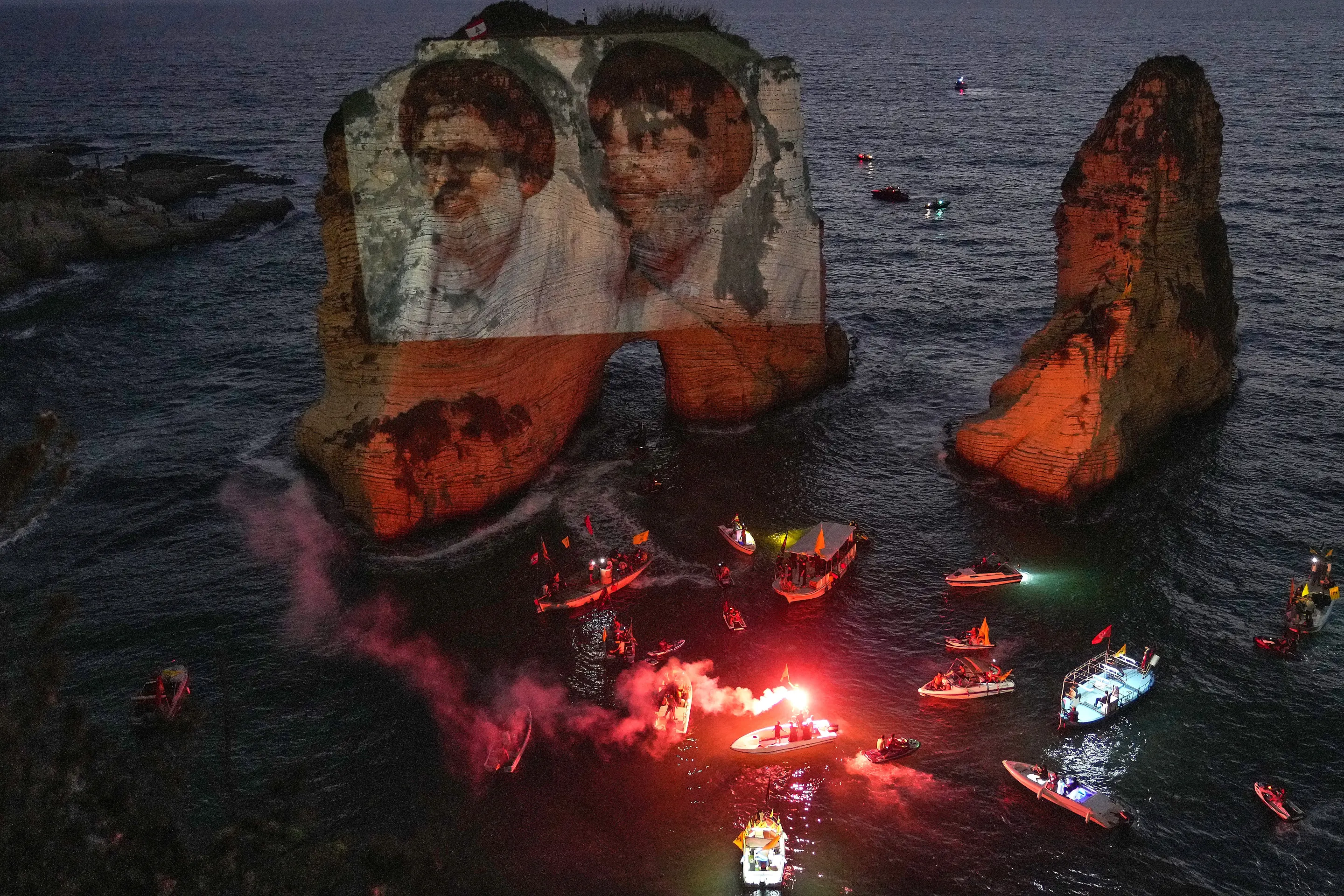
Hezbollah’s Popularity
Hezbollah’s show of force at Raouche sea rock signaled that the group’s influence extends far beyond its military muscle, underscoring its role as a central player in Lebanon’s political equation despite an official ban on the gathering.
Hassan Nasrallah, who was killed at 64 in an Israeli attack that leveled his underground headquarters in Beirut’s southern suburb of Haret Hreik on September 27, 2024, was honored alongside his successor, Hashem Safieddine, who was also assassinated days later in a similar Israeli aggression. Nearly 80 percent of Hezbollah’s top leadership was wiped out in the most recent Israeli war on Lebanon through targeted assassinations.
Lebanese Prime Minister Nawaf Salam condemned the illumination of the landmark sea rock, calling it a “blatant breach” of the conditions under which Beirut’s governor had granted organizers permission for the rally. The authorization, he stressed, had explicitly prohibited projecting any images or lights onto Raouche rock from land, sea, or air.
Salam described the display as “a clear violation of commitments made by the organizers and their backers, a serious misstep that undermines their credibility in respecting state authority and its institutions.” He instructed the defense, interior, and justice ministries to take appropriate measures, including arresting and prosecuting those responsible.
Despite the ban, thousands of Hezbollah supporters thronged the waterfront waving party flags and portraits of Nasrallah and Safieddine to the sound of Hezbollah anthems. Some even arrived by sea in small boats flying the group’s yellow banners.
In a rare public appearance, Hezbollah’s liaison chief Wafiq Safa openly declared the group’s defiance of the state’s order to keep Nasrallah’s and Safieddine’s images off the illuminated rock.
The standoff came just weeks after the Lebanese army unveiled a five-phase plan to strip the group of its arsenal. Hezbollah’s current leader, Naim Qassem, has repeatedly vowed never to surrender its weapons, warning it was ready for what he called a “Karbala-style confrontation” if pushed.
Hezbollah blasted the government’s disarmament decision as a “grave mistake” that would leave Lebanon defenseless against the Israeli Occupation and vowed to act as though the decree simply does not exist.
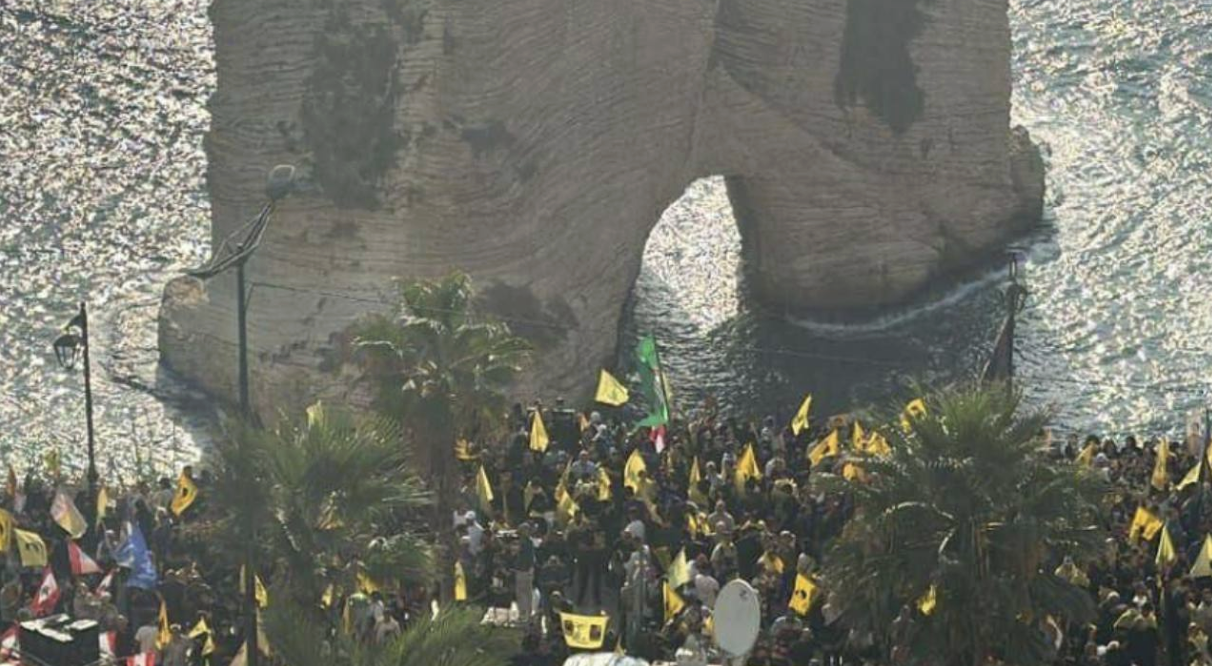
A Losing Bet
Hezbollah has shown no intention of standing by while the government moves ahead with its plan to disarm the group.
Observers say it has already begun preemptive steps to derail the decision, mobilizing supporters to mount street pressure. Protest marches, civil disobedience, and roadblocks are widely seen as among the likely tactics that the Lebanese army fears could ignite fresh unrest.
The Raouche Rock incident, they argue, was more than symbolic. It angered a broad segment of Lebanese society and exposed just how swiftly Hezbollah can rally its base to advance its own political agenda.
“Projecting Nasrallah’s image on the rock was a blow to Lebanon’s authority at home and abroad,” Lebanese political analyst Assaad Beshara told Al-Estiklal.
He said the move underscored “the absence of a functioning state in Lebanon and the way Hezbollah’s surplus power is exercised much as it was in the past.”
Beshara added that Hezbollah’s defiance of state regulations sent a clear message: “The public space in Lebanon belongs to us,” noting that the party deliberately staged the event in a neighborhood that traditionally does not support it.
“How can the state claim control over the country’s weapons when it cannot even prevent the use of the Raouche sea rock for a partisan celebration? That’s exactly what Hezbollah wanted to show,” he said.
The episode proved once again that any bet on Hezbollah honoring agreements with the state is a losing one. The group recognizes no obligation to any pact or understanding except when it serves its own goals, according to Beshara.

Hezbollah’s Narrative
Lebanese media described Hezbollah’s Raouche sea rock spectacle as a blow to Lebanon’s image before the international community.
It came as President Joseph Aoun was working to present the country as emerging from the crisis and committed to legality and international obligations, notably UN Resolution 1701 passed in 2006 to halt “the war between Israel and Hezbollah” and uphold the cease-fire.
The illuminated rock was far more than a symbolic gesture. It quickly became a litmus test of the state’s ability to assert authority against a movement whose influence was believed to have waned after the latest Israeli war on Lebanon.
Domestically, however, it was widely seen as a humiliation for state institutions and a brazen challenge to their capacity to enforce any international commitment, according to Lebanese commentator Toni Attieh.
In an op-ed, Attieh argued that with this provocative move, Hezbollah official Wafiq Safa effectively validated the words of U.S. envoy to Syria Tom Barrack, who said, “Lebanon talks but never acts,” and warned that efforts to disarm Hezbollah risk sparking civil war.
Attieh added that Lebanon’s legitimate authorities appeared paralyzed by Hezbollah’s so-called narrative of civil peace, a card the group wields to shield its weapons—weapons that failed to protect it against “Israel”—while brandishing the threat of internal unrest to silence the state.
“The Raouche event was not just a light show,” he wrote. “It was a stark display of the state’s collapse and its inability to enforce even a basic administrative order. If it cannot carry that out, how can it dare attempt the far bigger task of disarmament?”
Hezbollah’s history of flouting or overturning state decisions runs deep.
During President Michel Suleiman’s term (2008–2014), while under Hassan Nasrallah’s leadership, Hezbollah agreed in dialogue with the government to a policy of neutrality called “dissociation” from the war in Syria after the 2011 uprising.
Yet soon after the agreement was signed, Hezbollah bloc leader Mohammad Raad dismissed it with a Lebanese idiom roughly meaning “soak it and drink it,” as the group intervened militarily in Syria alongside the forces of the late Bashar al-Assad regime and Iranian militias.
Similarly, during the 2006 war, while part of Prime Minister Fouad Siniora’s cabinet, Hezbollah endorsed Resolution 1701. But once it regained strength, it defied the accord, reestablishing positions in southern Lebanon close to the border with the Israeli Occupation and even digging tunnels near the frontier, in open violation of the UN mandate.
Sources
- Hezbollah defies Lebanon PM’s ban to honor fallen leaders with coastal light show
- May 7 at Raouche Rock: A Bid to Undermine the State’s Authority and a Double Setback for Hezbollah [Arabic]
- Video: Wafiq Safa at Raouche Rock Event – 'We're Coming to Light It Up' [Arabic]
- Wafiq Wipes Away the “Support” Defeat Amid State Inaction [Arabic]
- Wafiq Safa Appears at Raouche and Announces Challenge to Government Decision [Arabic]


